What are Zabbix Host, Items and Triggers.
What is a "host"?
A host in Zabbix is a networked entity (physical, virtual) that you wish to monitor. The definition of what can be a "host" in Zabbix is quite flexible. It can be a physical server, a network switch, a virtual machine, some application or any other logically-related collection of monitored parameters.
Creating hosts is one of the first monitoring tasks in Zabbix. For example, if you want to monitor some parameters on a server "x", you must first create a host called, say, "Server X" and then you can look to add monitoring items to it.
Hosts are organised into host groups.
What is an Item?
An item is an individual metric.
Items are used for collecting data. Once you have configured a host, you must add items to get actual data. One way of quickly adding many items is to attach one of the predefined templates to a host. However, for optimized system performance, you may need to fine-tune the templates to have as many items and as frequent monitoring as necessary.
To specify what sort of data to collect from a host, use the item key. For example, an item with the key name system.cpu.load will collect processor load data, while an item with the key name net.if.in will collect incoming traffic information.
Additional parameters can be specified in square brackets after the key name. For example, system.cpu.load[avg5] will return the processor load average for the last 5 minutes, while net.if.in[eth0] will show incoming traffic in the interface "eth0".
Without items, there is no data - because only an item defines a single metric or what kind of data to collect from a host.
What are Triggers?
Triggers are logical expressions that "evaluate" data gathered by items and represent the current system state.
While items are used to gather system data, it is highly impractical to follow these data all the time waiting for a condition that is alarming or deserves attention. The job of "evaluating" data can be left to trigger expressions.
Trigger expressions allow to define a threshold of what state of data is "acceptable". Therefore, should the incoming data surpass the acceptable state, a trigger is "fired" - or changes its status to PROBLEM.
*This information has been shared directly from Zabbix.
Understanding how hosts, items, and triggers work together is just the start. The real power of Zabbix comes from a well-planned, fine-tuned environment — one that delivers visibility you can act on.
At ICT Networks, our Zabbix specialists design, deploy, and support monitoring solutions built for reliability, scalability, and insight. We help you get more than metrics — we help you make better decisions.
Learn more about Zabbix Professional Services
Helpful Links:
Introduction to basic Zabbix Concepts Video











